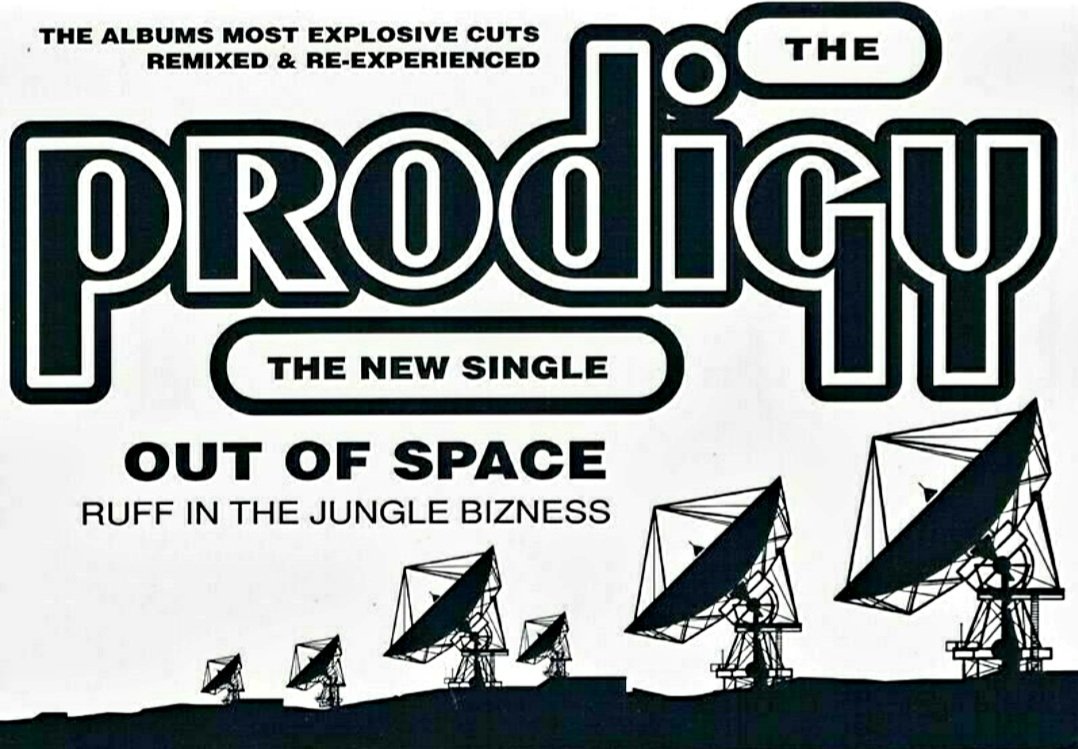

Six months later, Howlett issued his second single, "Charly," built around a sample from a children's public service announcement. Howlett's recordings gained the trio a contract with XL Records, which re-released What Evil Lurks in February 1991. After Howlett met up with Keith Flint and Leeroy Thornhill (both Essex natives as well), the trio formed the Prodigy later that year. His first release, the EP What Evil Lurks, became a major mover on the fledgling British rave scene in 1990. The fledgling hardcore breakbeat sound was perfect for an old hip-hop fan fluent in uptempo dance music, and Howlett began producing tracks in his bedroom studio during 1988. He began listening to hip-hop in the mid-'80s and later DJed with the British rap act Cut to Kill before moving on to acid house later in the decade. Howlett, the prodigy behind the group's name, was trained on the piano while growing up in Braintree, Essex. Even before the band took their place as the premiere dance act for the alternative masses, the Prodigy had proved a consistent entry in the British charts, with over a dozen consecutive singles in the Top 20. Yet it was always producer Liam Howlett's studio wizardry that launched the Prodigy to the top of the charts during the late-'90s electronica boom, spinning a web of hard-hitting breakbeat techno with king-sized hooks and unmissable samples.ĭespite electronic music's diversity and quick progression during the '90s - from rave/hardcore to ambient/downtempo and back again, thanks to the breakbeat/drum'n'bass movement - Howlett modified the Prodigy's sound only sparingly swapping the rave-whistle effects and ragga samples for metal chords and chanted vocals proved the only major difference in the band's evolution from their debut to their worldwide breakthrough with third album The Fat of the Land in 1997.

Ably defeating the image-unconscious attitude of most electronic artists in favor of a focus on frontmen Keith Flint and Maxim Reality, the group crossed over to the mainstream of pop music with an incendiary live experience that approximated the original atmosphere of the British rave scene, even while leaning close to arena rock showmanship and punk theatrics. The Prodigy navigated the high wire, balancing artistic merit and mainstream visibility with more flair than any electronica act of the 1990s.


 0 kommentar(er)
0 kommentar(er)
